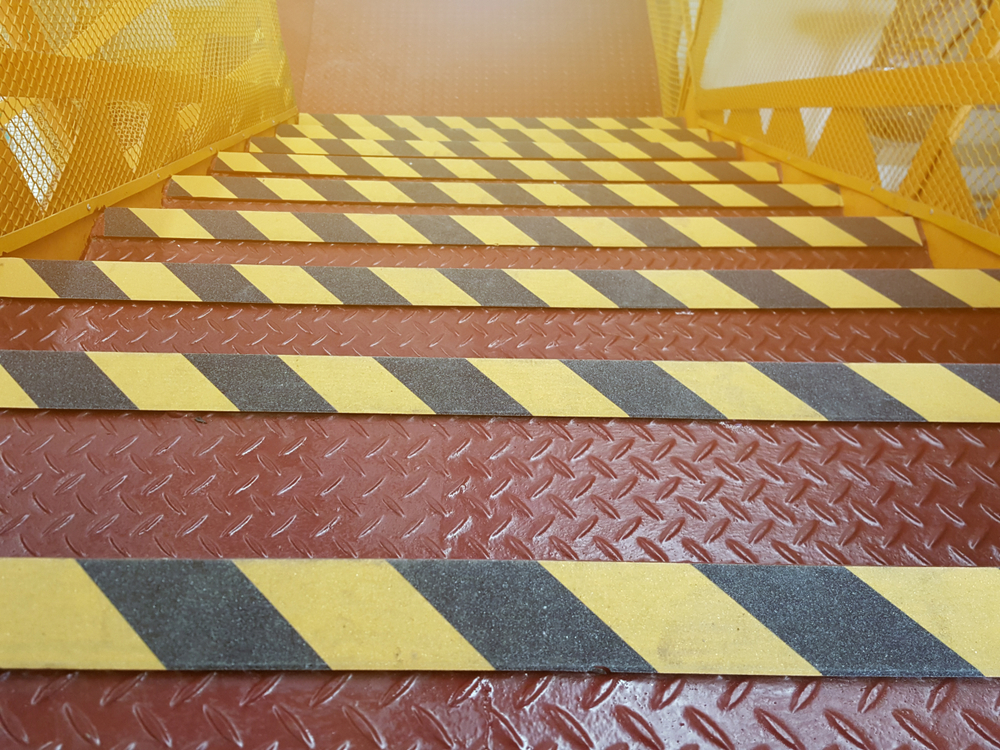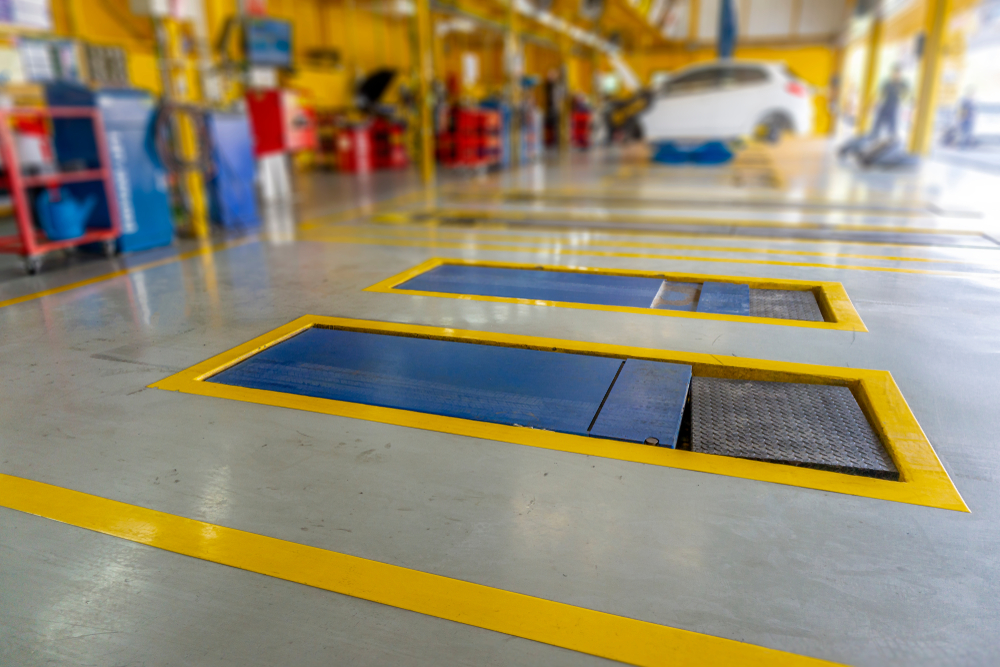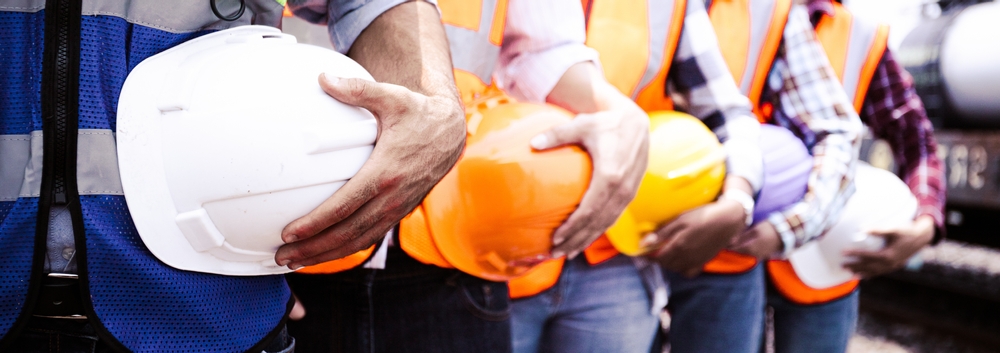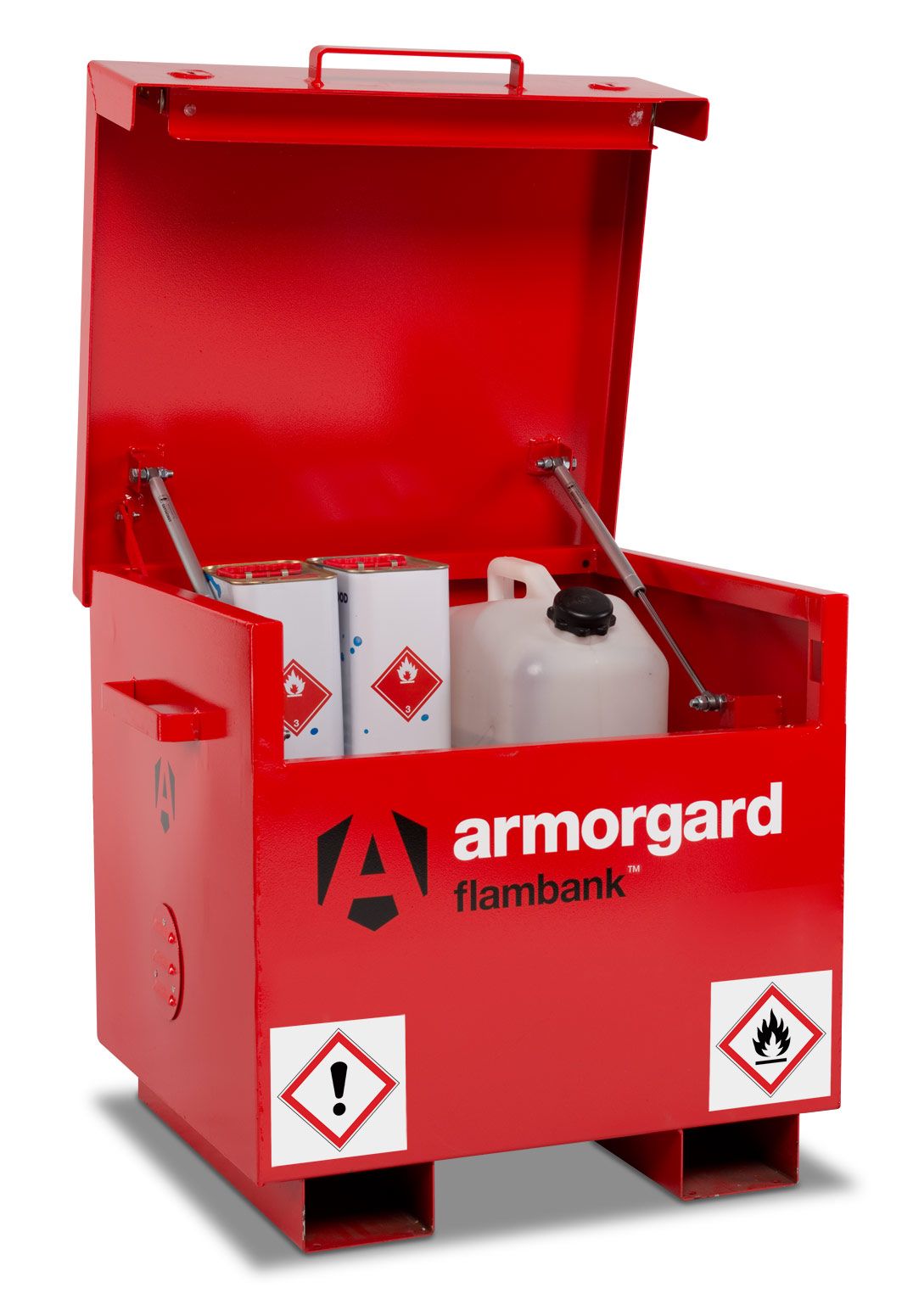All businesses understand that safety signs represent an essential element of their health and safety policies, but it is arguable that not every organisation proactively considers the reasons why they have come to be regarded as so vital.
Not considering the role of safety signs in the workplace could be an important oversight for companies in many industries. The success of a workplace safety intervention often depends on the degree to which managers are able to communicate the value of a measure to their staff - after all, if workers have not bought into your organisation’s health and safety policies, they are less likely to follow the rules as closely as they should.
As such, it’s vital that those in charge of workplace safety spend some time thinking about why safety signs are so valuable, in order to make sure they are always being used properly. Below are five of the main reasons why.
Instant visual communication of key safety messages
Implementing workplace health and safety policies often relies on a lot of reading, instruction and learning on the part of workers, with the most dangerous professions requiring complex training programmes before the work can be attempted safely. In this context, the value of safety signs lies in their ability to communicate the most important safety messages in a way that’s visual, immediate and precisely targeted.
Safety signs feature clear pictographic illustrations of the hazard they’re highlighting, accompanied by clear, simple text instructions and an eye-catching visual design. They are also colour-coded and shaped specifically to make it obvious at a glance when an employee is entering a high-risk area, or when there are actions they need to take in order to ensure the safety of themselves and others.
Naturally, safety signs are not intended as a replacement for comprehensive safety training, but they are an essential supplement, providing clear reminders of the most crucial safety messages in the places they are most needed. In diverse workplaces where many staff members may not speak English as a first language - or where the working environment is loud enough that verbal warnings might be missed - the importance of clear visual communication of this kind cannot be underestimated.
Highlighting safe methods of work as well as hazards
It’s important to remember that safety signs are designed to do more than just offer warnings. In many cases, they also provide companies with an opportunity to remind their workers of the safest and most effective ways of working.
Signs can be used to highlight safe exit routes and the location of first aid kits, or to provide guidelines on how to safely utilise machinery or manage fire risks.
Some companies may even choose to create their own custom safety boards for their site, which contain a range of information about their organisation’s most crucial safety policies and rules, as well as offering a place to house first aid stations, fire extinguishers and other equipment.
Naturally, those responsible for training staff on health and safety will not always be immediately present or accessible to workers who are seeking a quick reminder on a related query. Safety signage provides staff with an on-site reference point that they can consult whenever they need to.
Legal requirements
One of the most simplest explanations for the importance of safety signs is that they are a legal requirement for any workplace, and installing them therefore represents a key element of basic regulatory compliance.
The Health and Safety (Safety Signs and Signals) Regulations 1996 mandate that signs are required where significant risks to the health and safety of employees and others continue to exist even after all other relevant precautions have been taken. These signs are required to be clear, legible, visibly placed and well-maintained, and should be used in the following circumstances:
- To warn against dangerous and prohibited actions in a certain area
- To highlight safeguards and procedures that must be followed, or equipment that must be worn
- To draw attention to a nearby hazard or potentially dangerous situation
- To direct people towards essential safety gear and fire safety equipment
If companies fail to meet their legal requirements and something does go wrong, they could be at risk of regulatory fines and severe damage to their reputation, which is why no responsible business should ever underestimate the importance of investing in essential signage.
Protecting employees and the public alike
Depending on the nature of the workplace, occupational safety hazards could pose a risk to members of the public just as much as they do to employees. At public locations such as farms and construction sites, it’s easy for passersby to be exposed to very significant dangers - and unlike your staff members, they will have had no training on any of these risks, and will likely be totally unaware of what to do if something goes wrong.
Safety signs can help to alleviate this problem significantly, providing a method of flagging up potential hazards - such as loud noises, dangerous machinery, falling objects or slippery surfaces - to members of the public. They can also be used to warn civilians to avoid certain areas, or to provide them with contact details or essential information if they notice any signs of danger.
Injuries to members of the public are harrowing for all involved and will often irreparably damage your reputation as a business, which is why public-facing safety signs can deliver so much value. When the stakes are this high, it truly is better to be safe than sorry.
Better safety benefits everyone
Safety signs are one of the most visible and essential contributors to strong workplace health and safety cultures, which have been shown time and again to deliver practical, measurable benefits to every company, from top to bottom.
Data from the Health and Safety Executive show that more than a million workers are injured or made ill by their work in the UK each year, with the total costs associated with workplace injuries and ill health in 2016-17 coming to £15 billion. Poor safety standards lead to decreased morale and productivity, with a higher rate of workplace absences; by contrast, workplaces that are committed to safety can work more efficiently and foster a better sense of mutual trust and loyalty. This allows them to aspire to a greater level of overall success.
Safety signs may seem like a small addition to a workplace - but by helping companies to unlock the manifold benefits of a truly effective safety culture, they can make a big difference in the long run.
To make sure your workplace is well-equipped with the safety signs suitable for your workplace, look no further than SafetyBuyer. If you’d like to learn more about our products and services, call us on 0800 043 0161, or send us an email at sales@safetybuyer.com.
 Over 12,000
Over 12,000  Simple no quibble
Simple no quibble  Prompt dispatch &
Prompt dispatch &  UK Mainland Delivery
UK Mainland Delivery 













